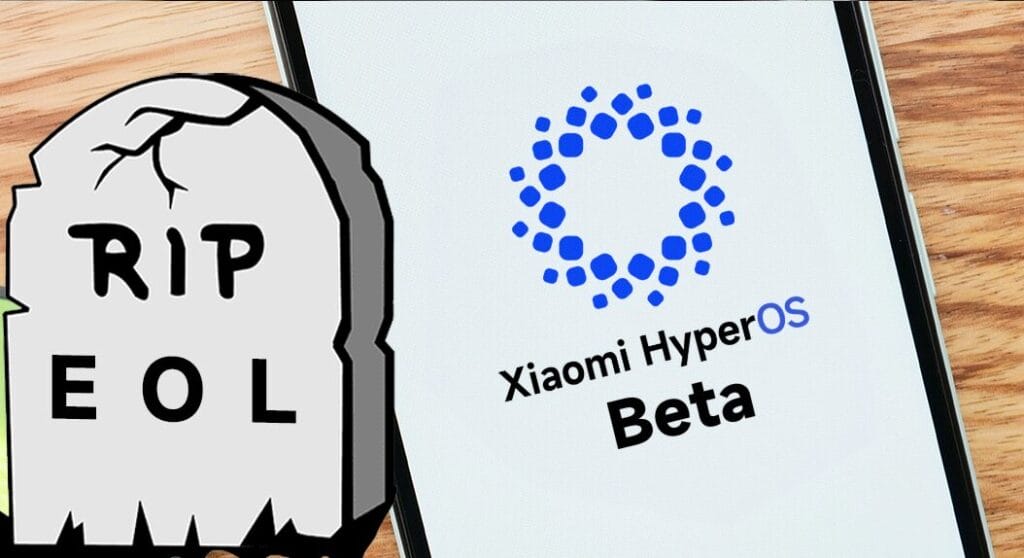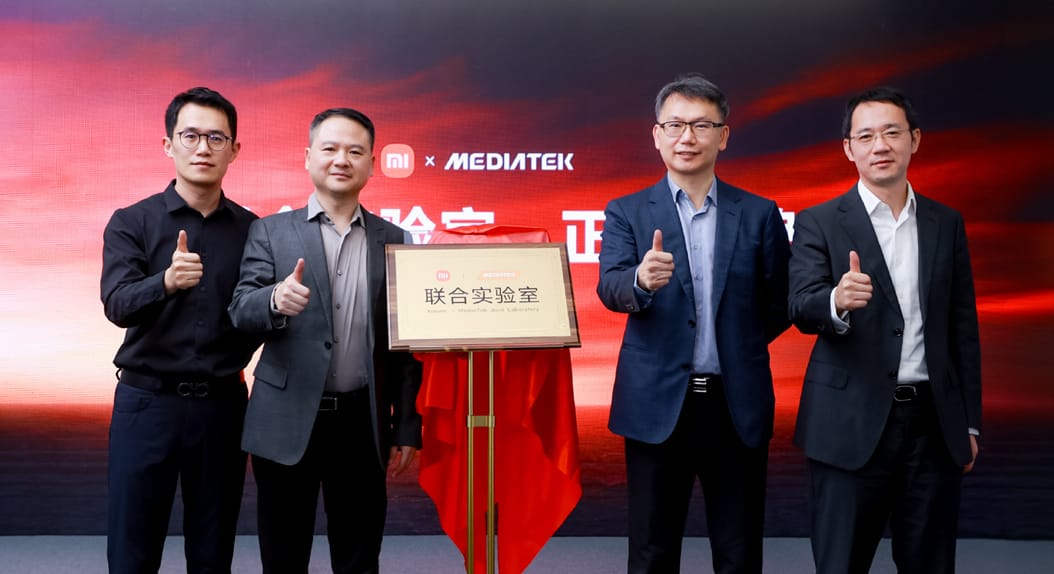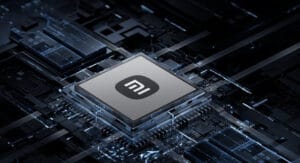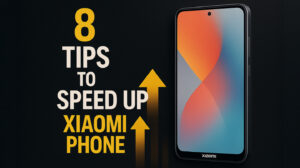Xiaomi is a company behind a slew of smartphones and other gadgets that many criticize due to their not-so-long update cycles for software. This article tries to explain the reasons that force Xiaomi’s update policy using the example of the 2019 Redmi K20, which had a Snapdragon 730, and the Redmi Note 12 Pro 4G, which came slightly newer, but still with a Snapdragon 732, which still gets updates.
Diverse product range
As Xiaomi has included a rather long list of devices, treating each one of them does not prove to be easy, especially in terms of updates. Handling many devices by supporting each one rather frequently is resource-intensive and quite expensive together. The wide range of products is the first and foremost reasons that may make Xiaomi throttle back on the update lifecycle for some.
Hardware Compatibility
Most new software updates target the newest hardware. Older devices are not powerful enough to handle the specifically added features or optimizations, which often causes performance problems. Providing compatibility of older hardware with new software can be resource-intensive and sometimes very challenging. Therefore, it may not always be feasible for a company to do so.
Resource Allocation
Xiaomi has to distribute the numerous resources herein in a strategic way if it is going to sustain the innovation and development of new devices. By providing updates to every device, Xiaomi limits itself from working more on new device production and supporting those with necessary updates. Xiaom shall have to apply this approach in order to stay competitive within the rapidly changing tech market.
Market Strategy
From the business point of view, forcing users to upgrade to newer devices is very common. One way Xiaomi might achieve this is by ceasing software upkeep with earlier models so that people buy new phones, thereby increasing sales and remaining in the competitive marketplace.
Manufacturer Decisions
The final call on how long support is offered for a device ultimately lies with the manufacturer. Even though two devices use very similar hardware, such as the Redmi K20 and Redmi Note 12 Pro 4G, their policies may still turn out different due to strategic decisions Xiaomi makes.
Xiaomi’s update policy—viewed by many as being short for some devices—is underpinned by a multitude of factors that include device diversity, hardware compatibility, resource allocation, market strategy, and manufacturer decisions. Although this could be frustrating for people with older models, it is how Xiaomi keeps in control of its endless editions of products and goes on launching innovation after innovation in the tech world.


 Emir Bardakçı
Emir Bardakçı



Users are the dumbest people in the world and we deserve whatever happens to us.
Before buying a terminal we should know how many years will have updates and decide what you do, or change brand.
By the way it is written in Spanish if you are interested translate and if not you know. Best regards
I need 1.5.1.5 Xiaomi hyper os
i need 1.5.1.5 Xiaomi hyper os https://xiaomitime.com/why-xiaomi-keeps-software-update-support-short-for-some-devices-12204/
We must be sure of what we buy and if we do not have to go after the firm to avoid becoming obsolete, better to look at firms that give us a better guarantee of longer updates and longer life of the smartphone, in the end we win even if we spend more on the purchase ….
Cool thanks
I am having REDMI Note 12 5G
But camera performance is tobe improved
.